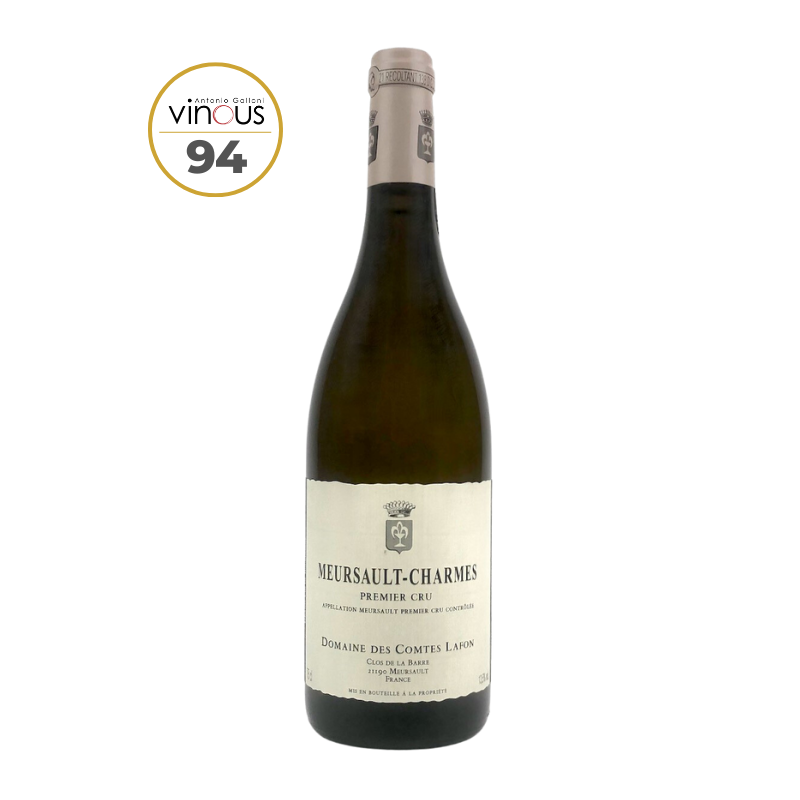- New product



Colour: bright golden yellow
Nose: honeyed, rich, broad bouquet
Taste: dry and complex taste, despite the impression of very ripe fruit, with considerable minerality. Vigour and length of aftertaste
Production area: Burgundy, Côte de Beaune Soil: Bathonian limestone Harvest: manual Vinification: fermentation starts spontaneously without the addition of selected yeasts. As the cellars are cool, the fermentation temperature does not exceed 22/24°C, usually about 3 months are required. The progress is monitored twice twice a week, barrel by barrel, during this period. When alcoholic fermentation is complete, the wine is dry, i.e. it contains less than 2 g/l residual sugar. Subsequently, the lees are stirred on cycles determined according to the vintage and cuvée to preserve the quality of the fruit and the elegance of the wines. Fermentation malolactic fermentation usually starts during the month of January and ends in May Ageing: the first racking usually takes place in the month of July, retaining the fine lees. The wines are blended in vats and immediately transferred to older barrels in the cooler ageing cellar. The duration of ageing depends on the vintage, some will be bottled 18 months later later in spring and the rest in summer after 22 months. Before before bottling, the wines are usually racked to clarify them a second time. clarify them a second time. They are then tested in the laboratory and tasted. Usually, a small amount of bentonite is added and removed 5 weeks later. The wines are then returned to tanks ready for bottling.
Specific References